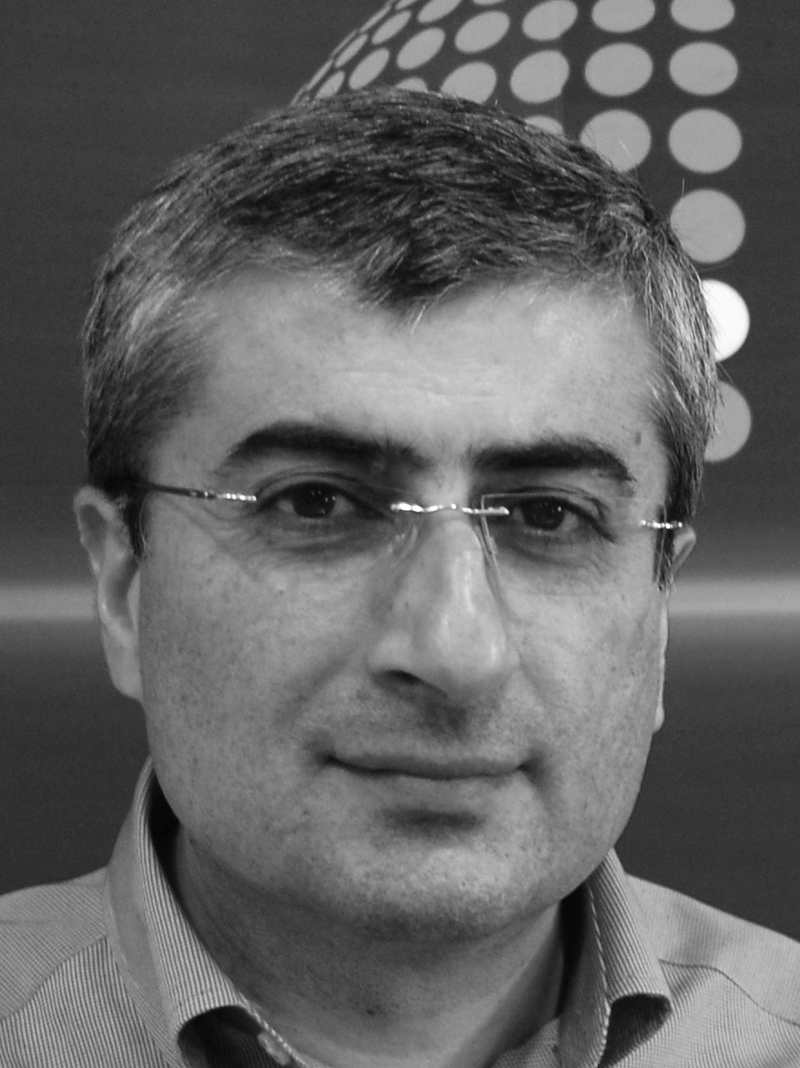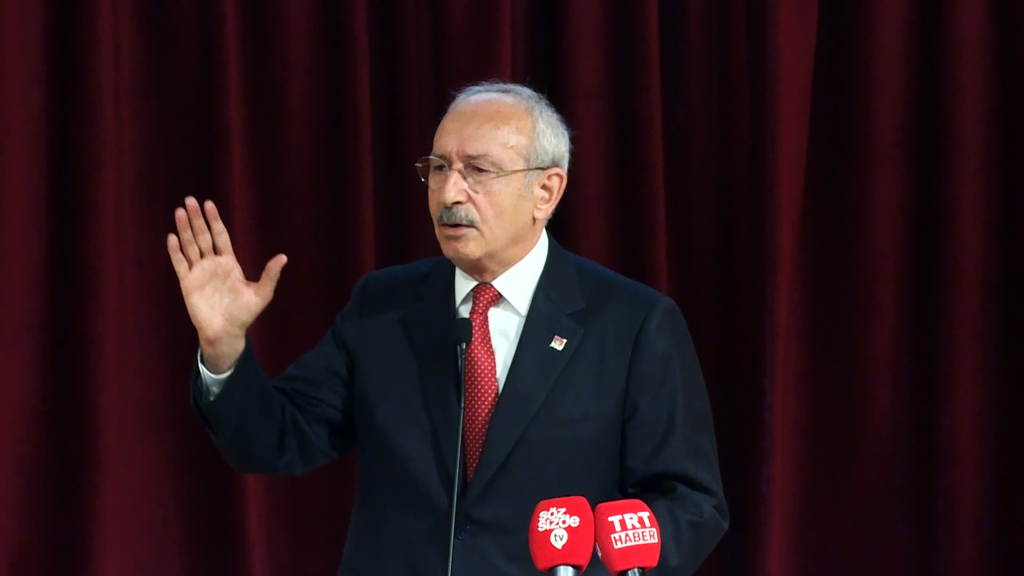ABSTRACT
Turkey currently is witnessing a series of events that are most likely to go down in history as truly important milestones. The country is attempting to tackle the age-old Kurdish question. Thus far, the peace process has given rise to more hope than ever. Yet, it has not been devoid of worries and concerns. Hope arises out of the fact that we are witnessing major progress that was unimaginable until a short time ago. However, the shadow of past experiences makes it difficult to overcome reservations.
Despite the lengthy history of the Kurdish question, the persistent coexistence of various political approaches failed to create a mutually acceptable term to describe the issue at hand. Until now, various political groups generated their own terms to describe the problem and developed policies based on these concepts. Various terms including the Eastern Question, the Eastern Problem, the Southeast Problem, the Terror Problem, the Kurdish Problem, and the Kurdistan Question all come to mind. There is no question that each term rested on serious political deliberations and certain prejudices. Such terms as the Eastern Question referenced geography and essentially rejected the existence of a Kurdish identity. The Southeast Problem included references to underdevelopment and inter-regional disparities in addition to geography and implicitly indicated that eliminating economic challenges would automatically resolve the Kurdish question.
In a short time, public opinion referred to the Kurdistan Worker’s Party (PKK) as “the terrorist organization” due to the organization’s adoption of violent means in its struggle and violent attacks that harmed civilians and official targets alike. Following the emergence of the PKK, successive governments conveniently reduced the Kurdish question to a security issue and initiated talks focused on a “terror problem.” In response to the PKK’s terror from below, the state developed various means to create a terror from above campaign that legitimized torture, kidnapping, disappearances, unaccounted murders, and forced migration as counter-terror measures. Simultaneous actions from the PKK and the state created a long-enduring view that there was indeed a “terror problem” in Turkey.
Without a doubt, the first and foremost condition necessary to create a lasting solution is an accurate diagnosis and nomenclature. In order to succeed in these efforts, we must develop a holistic approach to evaluate all aspects of the matter, including its root causes, and distinguish between the issues that gave rise to the problem itself and the set of problems that emerged out of the main problem.
ROOT CAUSES AND RELEVANT OUTCOMES
The problem that Turkey is attempting to tackle today has a long history. Under Ottoman rule, various communities with distinct languages and religions co-existed within the millet system where each group exercised a certain degree of autonomy within its domain. In many areas, each millet followed its own set of legal norms. However, the Ottoman Empire adopted measures to strengthen central authority as tensions began to arise between the Kurds and the state. Simply put, it was an administrative issue between the imperial center and local powers as opposed to a question of identity.
Having emerged out of the residue of a multi-cultural, multi-lingual and multi-religious empire, the Republic embraced Turkish identity as the primary source of unity and sought to subdue all non-Turkish elements through denial. As a result of these policies, the Republican regime denied all ethnic groups, including the Kurds, banned their native languages and attempted to assimilate them through various channels. An authoritarian brand of secularism that led to the Caliphate’s abolishment accompanied th








